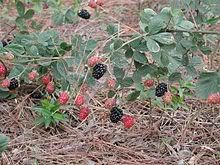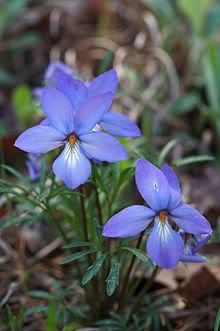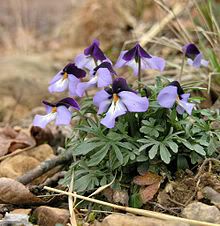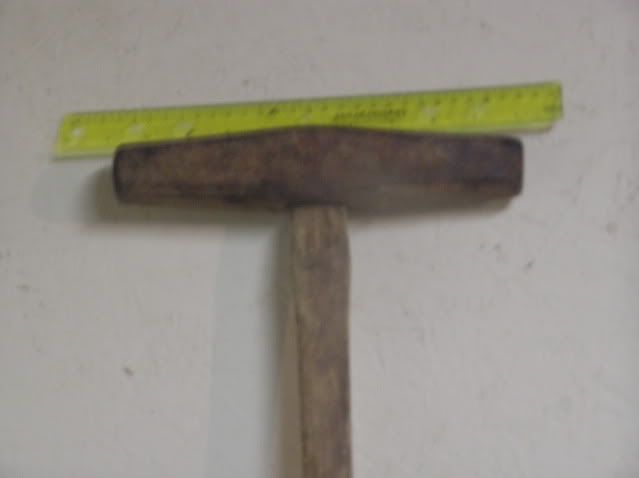(8 pm. – promoted by ek hornbeck)
Those of you that read this regular series know that I am from Hackett, Arkansas, just a mile or so from the Oklahoma border, and just about 10 miles south of the Arkansas River. It was a rural sort of place that did not particularly appreciate education, and just zoom onto my previous posts to understand a bit about it.
I was not sure that I would be able to post tonight because I crashed my system doing something stupid night before last, but I finally got it going again. I had to take the radical step of completely wiping my hard drive, reloading Windows, and then restoring all of the files that I had archived onto a USB hard drive. I NEVER will make the mistake of trying to tweak my OS again! I really like that external hard drive and will make backups of my critical files monthly. I think that I will take it to my neighbors’ house when not using it in case of fire or somesuch.
In any event, I am here and tonight we shall discuss the railroad tracks that ran just south of my house. It was operated by Midland Valley Lines, out of Muskogee, Oklahoma. Mostly the branch by my house hauled coal, because Hackett coal was in high demand for making coke for the steel mills when I was a lad.
My friends and I had a lot of fun tramping the railroad tracks, and it was a convenient way to get to the farm that was west of town, both in Arkansas and some in Oklahoma. We would just walk the railroad rather than walk on the highway, since trains were rare and it was easy to get out of their way.
At the time, since everyone ran cattle, the right of way was fenced off from the pastures, but it was no trouble to get over the fences. The right of way was wide enough that we had plenty of room to get well away from the tracks when a train did come, so we were never in any kind of danger of being struck.
There were a couple of cattle guards along the way, since a train can not stop to open a gate. They were betwixt different landowners’ properties so that the cattle herds would not get mixed together, and also at any intersection with a road. The most fun, however, was the trestle that crossed Hackett Creek just south and west of my house. It was about 150 feet long, of heavy wooden construction. We always hurried over the trestle just in case, but actually there were long runs of straight track on either side of it so there was no danger of being unaware of a train coming.
That trestle was high! Well, at least it was for little kids. My guess now is that it was around 50 feet above the creek, but to a kid it looked really tall. That made it even better as the sense of adventure went. I do not know how many times we crossed that trestle, almost every day when the weather was good.
Back then, as they replaced decaying railroad sleepers, which we called “crossties” or just “ties”, they would hammer a large headed nail into it with the year. I used to pull them out and had quite the collection, but I know not what happened to it. In my part of the country the rails were attached to the ties by nailing a large steel plate betwixt the rail and the tie with heavy spikes. The plate was designed such that the long end of the head of the spike would overlap with the bottom edge of the rail, thus locking it in place.
In the old days those spikes were driven by hand (and the rails themselves put in final position by hand) and it was backbreaking work. If I have time before publication time I shall get a picture of my grandfather’s spike hammer. Those hammers were designed with very long heads so that the handle would clear the rail. It takes much more skill to use such a hammer that a conventional sledgehammer because the ends of the head are quite small.
Often we would find spikes alongside the track where the workers had tossed the old ones after replacing a tie. Those had lots of uses, and we always picked them up and took them home. I used to use them as tent pegs when not backpacking, and they held pretty well. They were way too heavy unless you were driving to the campsite, but were really good when you could handle the weight.
Going west towards the farm, there were lots of abandoned strip pits where coal had been taken. Those were very old when I was a kid, and I suspect that there were sidings when the mines were active so that the coal cars could be loaded on the spot rather than trucked elsewhere. This is speculation on my part, but it makes economic sense.
One feature of most of the strip pits were that they were dry. Only a few would hold water, and my brother and his girlfriend would drive of one of them to “swim”. He is 14 years older than I, so his mobility was gasoline powered whilst mine was all leg power, whether walking or bicycling. My friends and I would climb down into the dry pits to see what we could see. Before long we learnt the easiest ways down and up (sometimes the routes were different for a given pit).
The coal seam was surrounded by shale, and we would look for fossils in the shale, and very rarely find one. I still have a few of those, but they are packed away somewhere. Mostly we just enjoyed the adventure of being in a big hole in the ground!
All along the fence rows by the tracks were blackberry plants (actually, some were dewberries, which are even better) and in season we would carry pails and pick berries. My grandmum would then make blackberry cobbler and we would slather it with either homemade ice cream or cream from a carton. We had sold Bony Moronie years before I was big enough to venture out alone, so no longer had raw milk and cream to use. Boy, that cobbler was good! Here is a picture of dewberries. Note that they run on the ground rather than grow on canes like blackberries.

Once we got to the west side of the farm, there were more blackberry plants and, in a small, shady flat place, a stand of mayapples. If you have never eaten mayapples, you are missing a very fine treat. They are about the size of a jumbo hen’s egg and are green in color until they ripen, when they turn yellow and soften. They are kind of like a pomegranate in that the fruit surrounds lots of seeds, and smell to me like a mango with lemon hints. I have eaten many a mayapple from that patch, and even dug some plants and succeeded in raising mayapples in the space betwixt the house and the garage. Here is a picture of a ripe one.

In spring up the hill from the tracks at the farm were several large stands of birdfoot violets. I dug up several clumps and successfully transplanted them to the flower bed in front of the house. They are one of the most beautiful wildflowers that exists. There are two different types, and we had both. Here are some pictures.


I particularly like the second kind.
When I was around 12 or 13, the rails were pulled and Midland Valley line there ceased to be. The easements were returned to the current owners of adjacent land, so we got several acres out of the deal since the tracks ran several miles through the farm and by the house. They tore down the trestle and put in fences and gates where the cowcatchers used to be.
Once across the creek, we still could walk the railbed, but the romance was gone. It never was the same after the tracks were pulled, but I was getting older and developing other interests as well, I suppose. One thing that was good was that we got the embankment for the east side of the trestle, and it was an ideal place to shoot since it was not rock, but dirt, so bullets even from high powered rifles would not ricochet. We used that is a shooting range for years.
That pretty much does it for tonight’s entry. If you have any stories to share about growing up, please add them in the comments.
Update: here is a photo of my grandfather’s railroad spike hammer. The object on top is a one foot ruler.

Warmest regards,
Doc, aka Dr. David W. Smith
Crossposted at
Docudharma, and

9 comments
Skip to comment form
Author
remembering distant memories?
Warmest regards,
Doc
Author
I very much appreciate it.
Warmest regards,
Doc